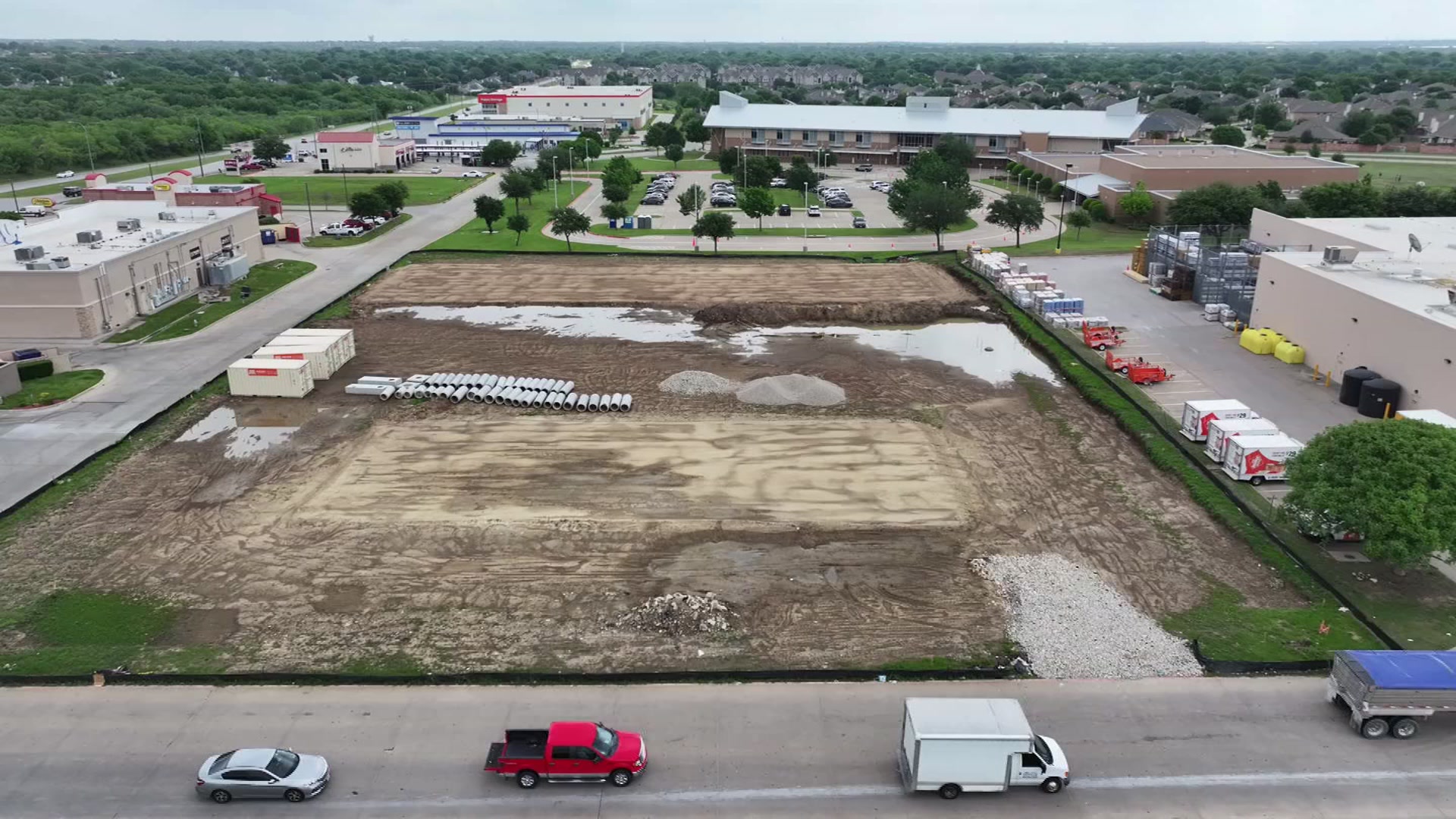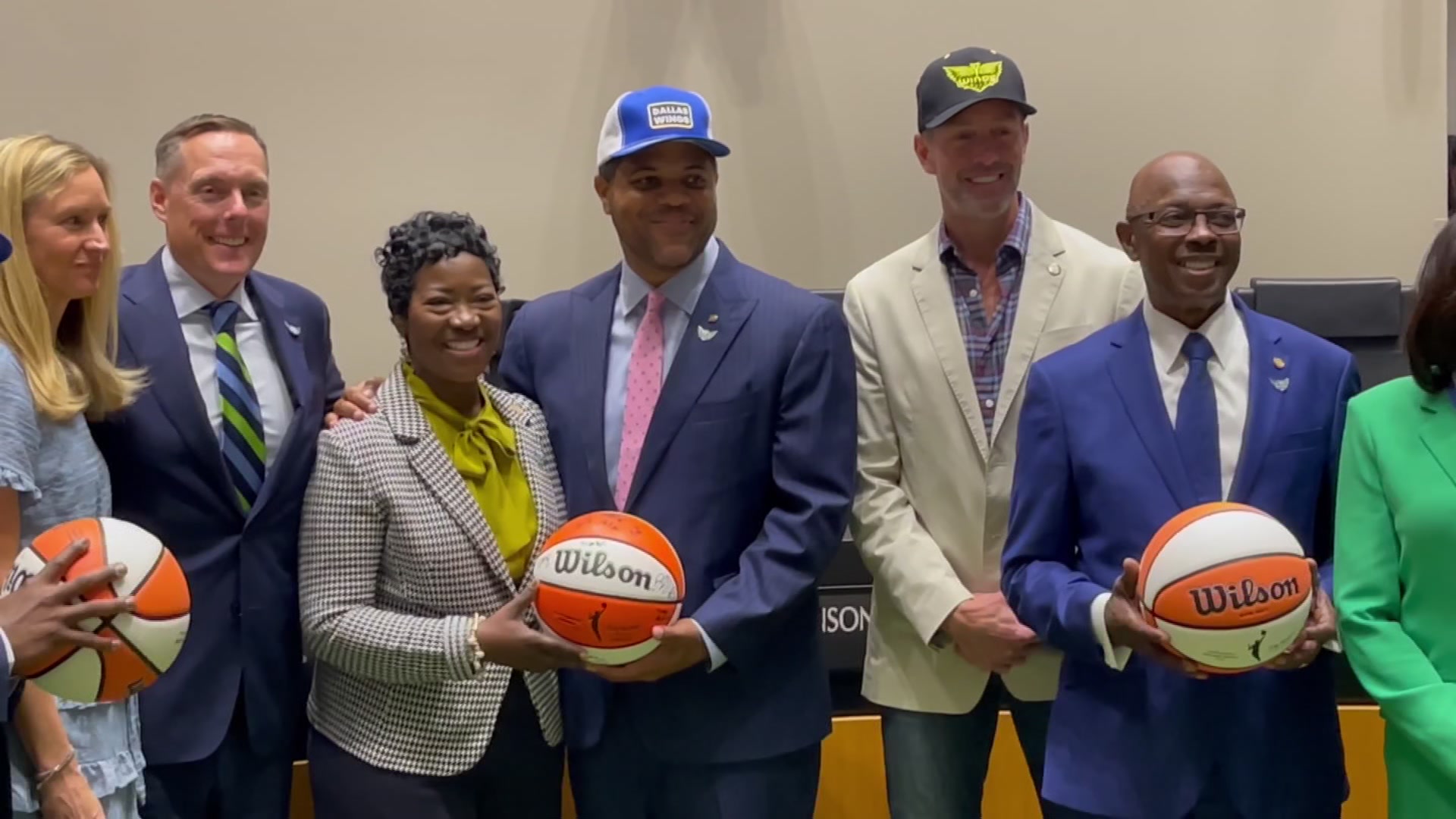It's light, it's bright and on September 14, a refreshed Amon Carter Museum of American Art will reopen to the public after a year-long renovation.
"For the last year, the museum has been engaged in what we would refer to as a transformative experience for the Amon Carter," Andrew J. Walker, the museum's Executive Director, said. "The public spaces of the Amon Carter over the last year have been completely reimagined."
The reimagining of Fort Worth museum began in October 2018 with an upgrade and expansion of its photography vaults. The visible changes to the public areas come after a three-month closure. Hardwood flooring, LED lighting mimicking daylight while preserving delicate artwork, new sightlines and a new gallery layout showcase the museum's newly reinstalled collection of American art. The museum's front entrance now features a ramp system, increasing accessibility to the main campus.
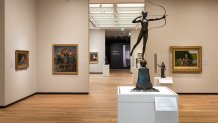
The museum's curators have used the renovation as an opportunity to re-evaluate the collection and create galleries offering fresh perspective on American creativity. Thematically focused galleries include American Roots, Opulence and the Everyday, America as Landscape, Legacy Galleries: Remington and Russell, Modern America, Make It New and Works on Paper.
The Works on Paper gallery will highlight the nearly 10,000 works on paper in the museum's collection. The gallery currently features "Seeing in Detail: Scott and Stuart Gentling's Birds of Texas," an exhibition featuring 23 original watercolors of native Texas birds by the Gentling brothers. The museum also announced the establishment of the Gentling Study Center. The center will support the acquisition, research and conservation of the Fort Worth artists' works.
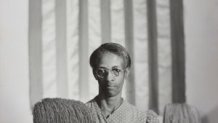
The first major touring exhibition in the newly renovated space is "Gordon Parks: The New Tide, Early Work 1940 – 1950." Organized by the National Gallery of Art, Washington and in collaboration with The Gordon Parks Foundation, the exhibition, on view through December 29, chronicles Park's formative years. "When the show starts, he is a fledgling self-taught photographer," John Rohrbach, Senior Curator of Photographs, said.
Local
The latest news from around North Texas.
The exhibition explores Parks' evolution as a photographer through 150 photographs as well as magazines, newspapers, pamphlets and books. From working as a portrait and fashion photographer in Saint Paul and Minneapolis to becoming the first African American staff photographer at Life magazine, Parks used his art to lift the story and the contributions of the African American community.
"This is a story about not only achievement, not only a story of roots, but a story of community. We all work with others; we rely on the gifts of others to us to find our own way. And what Parks did was take those connections and strive to better himself and do something more, not only for himself but also for the African American community," Rohrbach said.
The renovation expanded and improved the museum's special exhibition space. Walls that do not quite reach to the ceiling are module units that can be reconfigured to meet the program's needs. "It allows us to host more ambitious special exhibitions and it also allows us to host more than one rotating show at the same time," Brett Abbott, Director of Collections and Exhibitions, said.
The exhibition to most benefit from this expansion is "Set in Motion: Camille Utterback and Art That Moves," now on view through December 8. "This is a show that wasn't possible before this renovation," Kristen Gaylord, Assistant Curator of Photographs, said. Before the renovation the video space was not large enough to house Utterback's digital work, "Untitled 5."
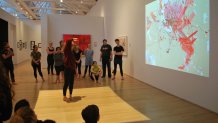
"Untitled 5" is an interactive work with visitors stepping into a rectangle illuminated on the floor. The visitor's movements through the rectangle is tracked by a camera overhead, run through an algorithm and then translated into markings on a digital painting. Visitors can watch how their movements push against the artists' brush strokes. The piece constantly changes as visitors walk, skip, twirl and wave through the space. "Camille Utterback really believes technology is a tool that can be used in many different ways and her way of using it is to try to emphasize our physical experience," Gaylord said.
This interactive piece is paired with art by women who also experiment with the idea of bodily movement and motion in their work.
The museum commissioned Justin Favela, a Mexican-and Guatemalan-American artist, to create a large-scale work to fill the first-floor gallery connecting the museum's original 1961 building to the 2001 extension. Maggie Adler, the museum's Curator of Paintings and Sculpture, introduced the space to the artist known for reinterpreting historical artworks employing materials used to make piñatas.
"When Maggie approached me and said, 'Alright, this is the space. What do you want to do with it?' I just said, 'I want to cover the entire thing in paper. I don't want any negative space,'" Favela said. Thanks to a new paper supplier, this creation will be Favela's most colorful work yet, using 43 different colors of tissue paper.
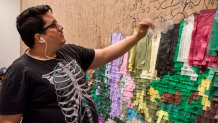
Favela started looking at the museum's collection for inspiration six months ago. This immersive work called "Puente Nuevo" is inspired by color lithographs depicting scenes of rural and urban Mexico by Casimiro Castro, a 19th century Mexican printer. "I'm really excited to pay homage to a Mexican artist that is part of this collection that maybe wasn't looked at in many years," Favela said.
CLICK HERE to learn more about the Amon Carter Museum of American Art's Reopening Celebration.

